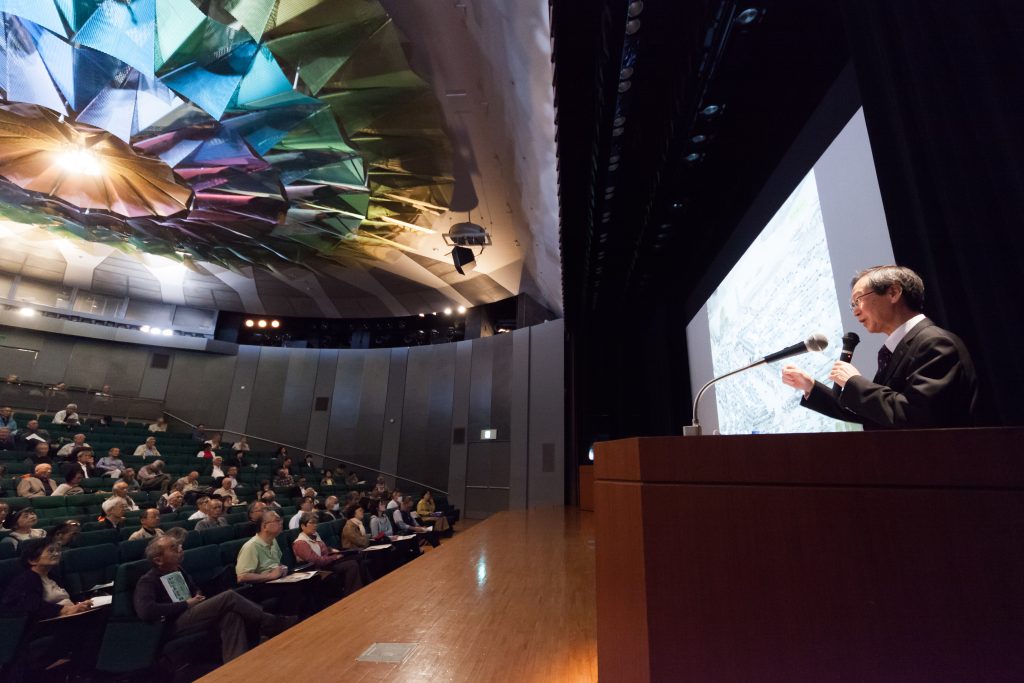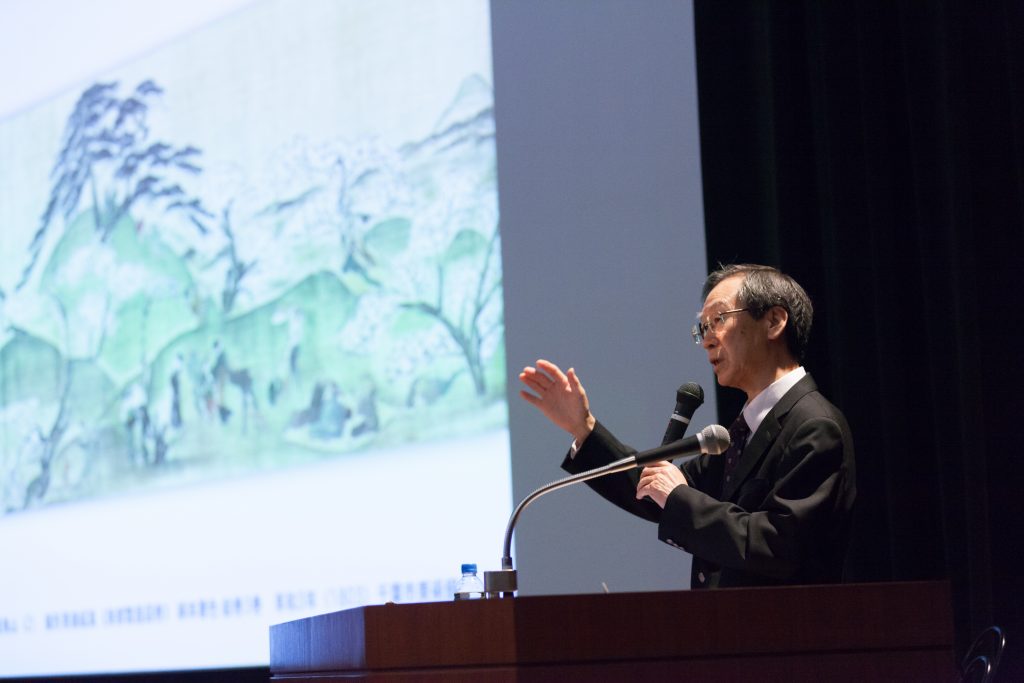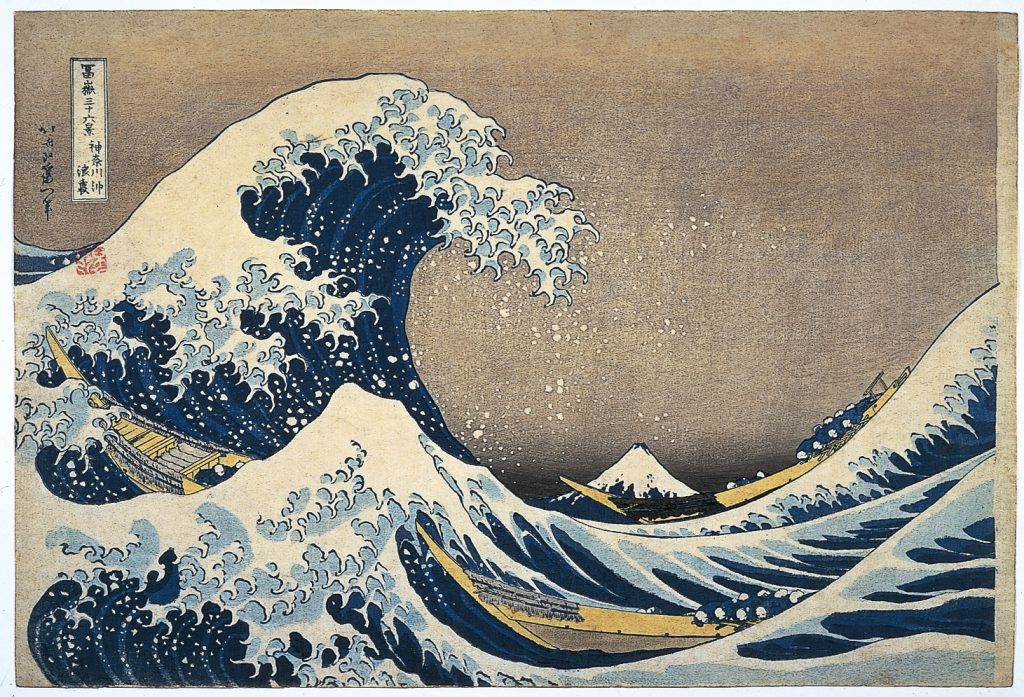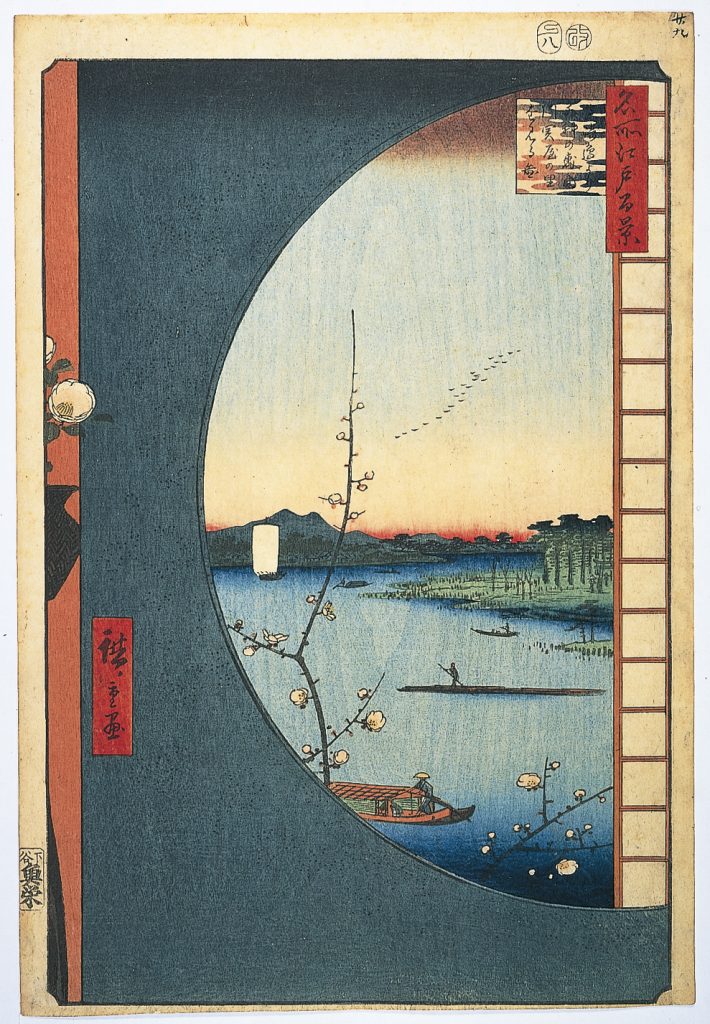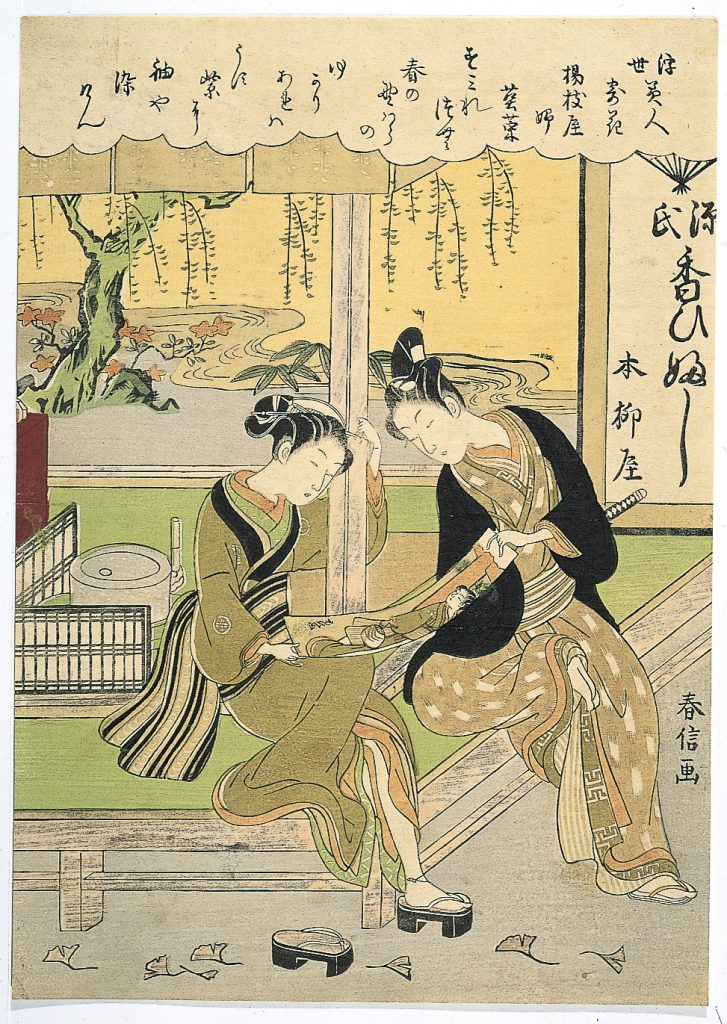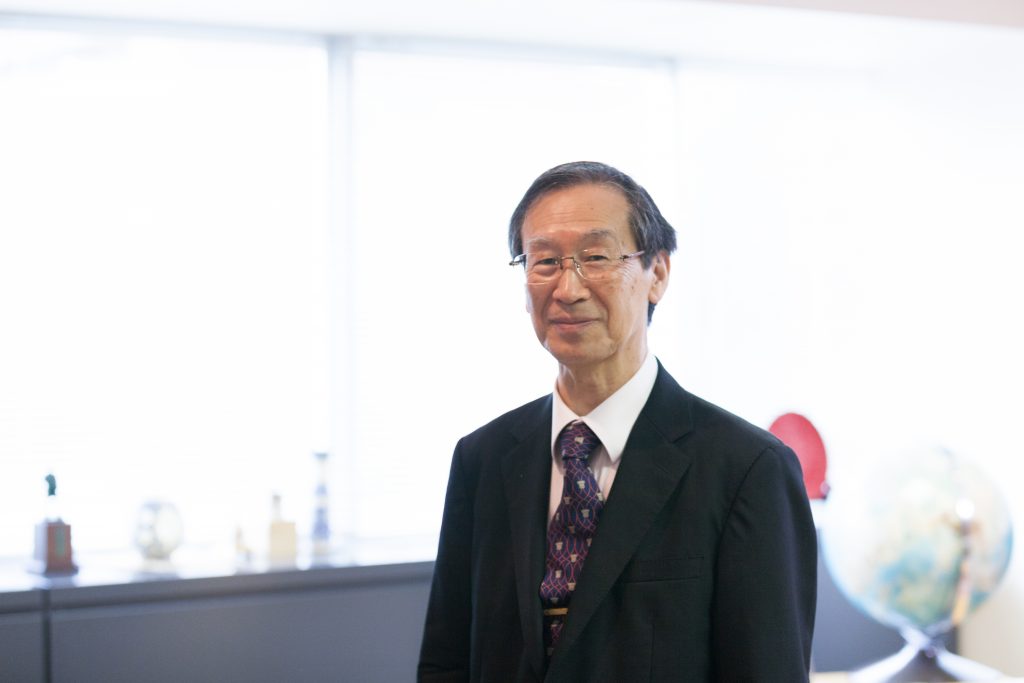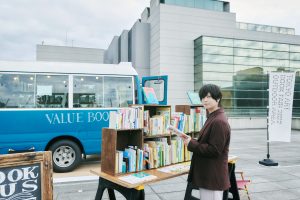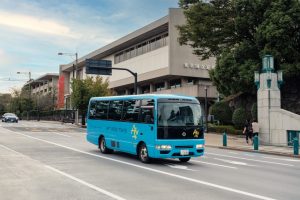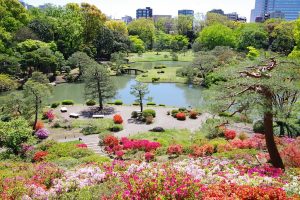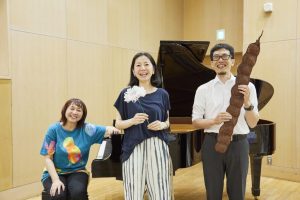“Edo-Haku Culture,” one of the Edo-Tokyo Museum attractions, is a program that offers a series of classes comprising workshops and lectures on the everyday life, culture, and art of Edo and Tokyo, giving attention to areas such as archeology, architecture, literature, and performance art. Remarkably, the museum’s program features over 90 classes throughout the year in two categories. The first category of classes is solely focused on the temporary or special exhibitions being held at the museum. The remainder of the classes is dedicated to the “Learning about Edo and Tokyo” series, which includes but is not limited to the contents of the exhibitions.
One of the most popular classes in the “Learning about Edo and Tokyo” series are the Biographies of Ukiyo-e Artists (Ukiyo-e-shi Retsuden) classes taught by Hiromu Ozawa, an honorary researcher at the museum. In his “Selection of One Hundred Ukiyo-e Masterpieces” (Ukiyo-e Meihin Hyaku-sen)” class held in spring 2017, Ozawa, in his lighthearted, humorous and narrative style, introduced many famous ukiyo-e masterpieces. We were able to talk with him at the end of the class.


